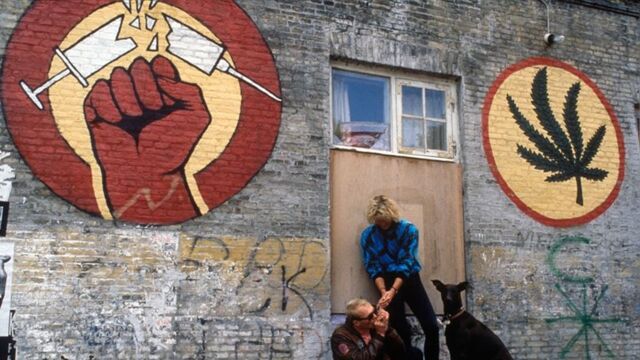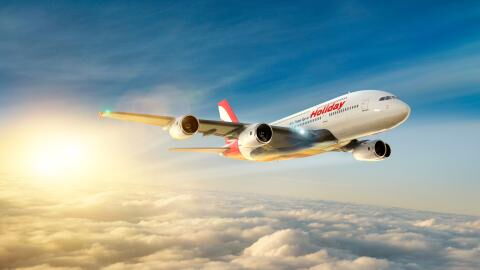Republic of Minerva
The territory of the Republic of Minerva remained independent for only a short time during 1972. It consists of a group of atolls in the Pacific Ocean. The captain of the HMS Herald discovered these islands and named them after a whaler that was shipwrecked there in 1829. The Republic of Minerva proclaimed its independence in 1972, and Morris C. Davis was provisionally elected president. However, he was removed very quickly because Tonga claimed possession of the island. The captain tried again to recover his islands by occupying them in 1982, but he was then once again expelled very quickly.
Discover our latest podcast
The principality of Seborga
This micronation claims the territory of the municipality of Seborga in Italy. Originally, the fiefdom of Seborga was ceded by the Count of Ventimiglia to the abbots Lérins in 954. It was in 1963 that the place obtained the status of principality when the town's florist, Giorgio Carbone, proclaimed himself 'Prince Giorgio I of Seborga.' The population of the village later approved this decision almost unanimously in a plebiscite.
Christiania
This district in Copenhagen, Denmark was the self-proclaimed 'Free City of Christiania' in 1971. This 'country' was created by a group of squatters, those who were unemployed, and hippies. This city is particularly known because of its decriminalisation of drugs. At the beginning of the 2000s, the state had 1000 inhabitants spread over 34 hectares. Not bad.
The Republic of Molossia
This micronation, founded by Kevin Baugh, is located in the middle of the state of Nevada, USA. The nation defines itself as a 'dictatorial banana republic,' which seems to comes straight out of his imagination. To make his country official, Kevin Baugh, who became president in 1999, launched a petition on the whitehouse.gov website. At the last census, the 1.9 square mile state had a population of 27.
Principality of Sealand
The Principality of Sealand settled on a former military platform called Fort Roughs in the middle of the North Sea. Roy Bates, a former British military man, after consulting lawyers and maritime law specialists, realised that there was nothing to prevent the island from being taken over in international waters. In 1966, he decided to approach the island and proclaimed himself sovereign in 1967. Sealand has its own currency, the 'Sealand dollar,' and an average of five inhabitants live on the 5,920 square feet of land in the middle of the sea.















